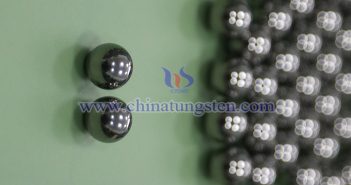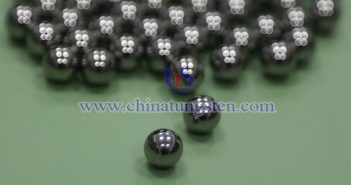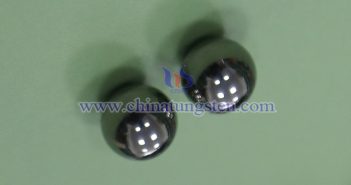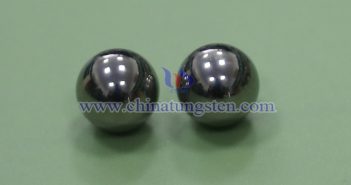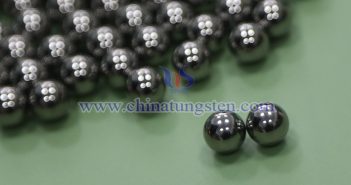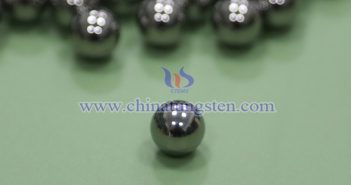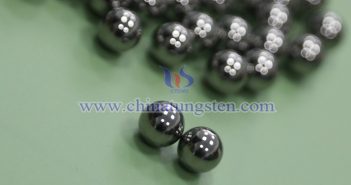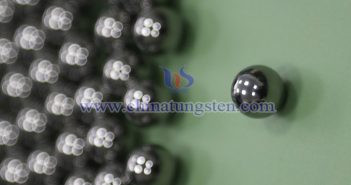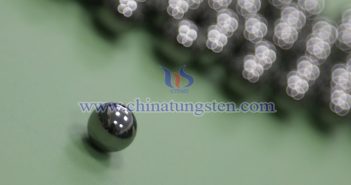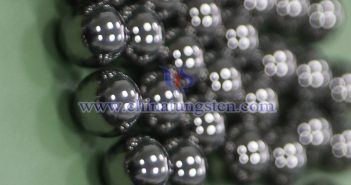
Tungsten cemented carbide balls are spherical materials made by sintering powder metallurgy with tungsten carbide (WC) as the hard phase and cobalt (Co), nickel (Ni), or molybdenum (Mo) as the binder phase. Their toughness performance is influenced by the composition, processing, and microstructure, requiring a comprehensive analysis from the perspectives of impact toughness and fracture toughness. I. Toughness Performance Indicators of Tungsten Cemented Carbide Balls 1. Impact Toughness Impact toughness reflects a material’s ability to resist damage under impact loads…

